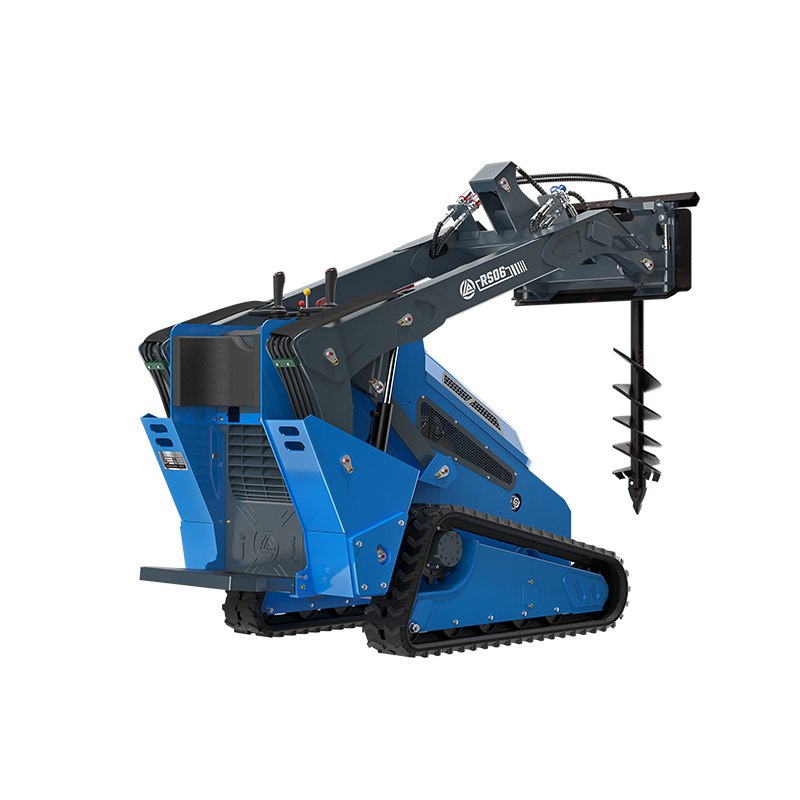What Are the Advantages of a Skid Steer Loader?
Understanding the Skid Steer Loader
The skid steer loader earns its name from the way it maneuvers. Operators control the machine using two levers—one for each side of the wheels. By pushing one lever forward and pulling the other back, the operator creates a “skidding” motion that allows the loader to pivot left or right on the spot. This tight turning radius is one of the reasons why skid steer loaders are so popular in confined or crowded work areas.
A standout feature of the skid steer loader is its versatility. It can be fitted with a wide variety of attachments, making it capable of performing multiple tasks with a single machine. Depending on the attachment used, operators can easily switch between applications such as:
Transporting soil, gravel, and sand
Loading pallets
Digging trenches
Grinding stumps
Building fences
Snow removal
Material loading
Because of this versatility, skid steer loaders are indispensable on construction sites, farms, and landscaping projects. They combine agility with strength, enabling operators to get more done in less time.


Taking a Closer Look at the Track Loader
Unlike the skid steer loader, which relies on wheels, the track loader operates on durable rubber or steel tracks. This difference in mobility gives the track loader a distinct advantage when working on soft, muddy, or uneven surfaces. Tracks provide greater ground contact and distribute weight more evenly, reducing the risk of getting stuck and minimizing surface damage.
Track loaders also offer improved operator visibility. The cab is positioned slightly higher, providing a clearer view of the work area—especially valuable in busy construction zones where safety and precision are crucial.
While track loaders are typically slower than wheeled skid steers, they make up for it with better stability and traction, especially on slopes and challenging terrains. This makes them an ideal choice for applications such as grading, earthmoving, and heavy-duty material handling.
Advantages and Disadvantages
When comparing a skid steer loader and a track loader, several factors help determine which is the right fit for specific job requirements.
Speed:
Skid steer loaders are generally faster than track loaders on hard, flat surfaces like concrete or asphalt. Their wheels allow for quicker travel and more efficient operation when frequent movement between sites is required.
Maneuverability:
Both machines are highly maneuverable, but skid steer loaders hold an edge in tight spaces due to their compact size and ability to turn within their own footprint. This makes them ideal for urban construction projects and indoor tasks.
Power and Lifting Capacity:
Track loaders typically have a more balanced weight distribution, with greater contact between the tracks and the ground. This results in higher traction and lifting power, making them better suited for demanding tasks on rough or soft terrain.
Maintenance:
In terms of upkeep, skid steer loaders are easier and more cost-effective to maintain. Their tires are cheaper to replace and require less frequent attention compared to the more complex track systems, which may need regular cleaning and tension adjustments.
Ultimately, the choice between a skid steer loader and a track loader depends on the nature of the job, ground conditions, and budget considerations.


